History doesn’t have to be ‘useful’ to be compelling – witness, say, Henry VIII and his six wives. Adrian Goldsworthy, however, a considerable historian of ancient Rome as well as a prolific novelist of those times and the Napoleonic (of which there is obvious connection), is at pains to emphasise the profit to be derived from his massive, magnificent account of the 700-year conflict between Rome and Persia.
History is valuable, he writes, because it helps us understand our own world a little better. (The corollary is also true: the intrigues and cock-ups of the past are far easier to believe by looking around at the present):
It would be absurd to claim that the study of the rivalry between Rome and Parthia-Persia shows exactly how to interpret a conflict in the 21st century. Yet there are loose parallels in the restrictions placed on warfare by both empires. This was a mixture of respect for – even fear of – the enemy’s potential power and a sense of how a broad conflict was really advantageous, even in the best possible circumstances. There were self-imposed restrictions on ambition and behaviour – including the deterrent created by the acceptance that the enemy might prove very dangerous if pressed too far.
The Parthians, originally a nomadic tribe of eastern Iranians, the Parni, conquered the region of north-eastern Persia known to the Romans as Parthia in the 5th century BC,
carving out a great kingdom that included what is now Iran and Iraq, most of Syria, and at times some of Afghanistan, Turkmenistan, Azerbaijan and Georgia, as well as wielding influence beyond, notably in the Arabian peninsula.
For more than 300 years they were neighbours and rivals of the Roman empire until the dynasty fell in 224, when they were succeeded by the Sasanians, whose name derives from Sasan, a prince, possibly of Persepolis.
The Sasanian (or Sassanid) dynasty ruled for the next four centuries over, to all intents and purposes, the same empire. Fundamental to the story is that neither the Parthians nor the Sasanians were ever conquered by Rome, and that ‘both inflicted some devastating defeats on Roman armies’. Goldsworthy is particularly good at analysing the respective armies, and the use by the Parthians of horse-archers (though there’s still a book to be written on the revolution in military affairs wrought by the stirrup) and says that ‘mistakes and weaknesses are one thing, but usually it is wiser to ask why a side won rather than why its opponents lost’.
The two are opposite sides of the same coin, of course, then and now, but it’s a good point. One of his lines of investigation is how much the quality of troops in an army was preferred to quantity – still today an unresolved question, perhaps because it can never be a binary choice. But Goldsworthy writes, or warns perhaps: ‘Although this is a story of imperial competition which often led to war, it is also a story of coexistence and peace between these two empires.’
Scale is significant. At its height, the Roman empire was far larger than the Parthia-Persian, not just in size but in population and wealth. But the Parthia-Persian empire was still far bigger than any other state or people nearby. Only China rivalled that claim, but was too distant for substantial contact. ‘Parthia-Persia was also more sophisticated than any other neighbour when it came to government, economy and military efficiency,’ writes Goldsworthy; and early on the Romans realised it had to be treated differently from other states, and with more respect. Happily, the Parthians, and later the Persians, realised the same about the Romans.
The author takes a swipe at the current denigration of narrative history:
Narrative acts as a check on any thematic approach to a subject, let alone any theoretical analysis. Any idea, any theory, any insight can only be valid if it fits with what the evidence suggests is most likely to have happened – a test that many elegant academic theories fail, which is why so few of their advocates embrace it. Only once the story is fully understood is it valid to search for lessons.
But as he observes:
Seven centuries represents an immense span of time. If 30 years is taken to represent a generation, then some two dozen generations passed from the first encounter between Roman and Parthian representatives to the sudden fall of the Sasanian empire and the shrinking of Roman power in the face of the Arab conquests.
Going back two dozen generations today would ‘take us to the medieval world before it was ravaged by the Black Death’. Goldsworthy is not, however, weighed down by his self-imposed burden, and nor is his prose.
The ‘Unwinnable Conflict’ of the book’s subtitle is of course intriguing. In an article entitled ‘An Unwinnable War’ in the current issue of Foreign Affairs, Samuel Charap of the Rand Corporation writes:
Russia’s invasion of Ukraine in February 2022 was a moment of clarity for the United States and its allies. An urgent mission was before them: to assist Ukraine as it countered Russian aggression and to punish Moscow for its transgressions. While the western response was clear from the start, the objective – the endgame of this war – has been nebulous.
He proposes a solution akin to a Korean War-style armistice. But laying aside the problems of where that 1953 agreement has got us today (a nuclear-armed North Korea), Charap’s idea is based on assumptions of rationality that may apply in Washington and London and perhaps even in Kyiv, but not necessarily in Moscow. If Moscow sees ‘peace’ only as the Romans did, as merely the absence of war at home, not on the borders and beyond, then what will compel Putin to armistice talks? Only when Ukraine is admitted to Nato is Putin likely to recognise, like Rome and Parthia-Persia, that ‘the enemy might prove very dangerous if pressed too far’.
Got something to add? Join the discussion and comment below.
Get 10 issues for just $10
Subscribe to The Spectator Australia today for the next 10 magazine issues, plus full online access, for just $10.
You might disagree with half of it, but you’ll enjoy reading all of it. Try your first month for free, then just $2 a week for the remainder of your first year.

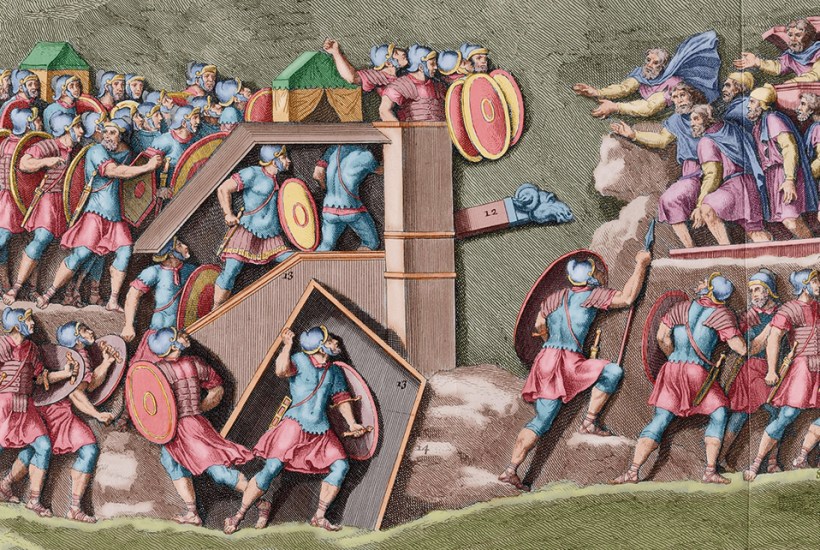

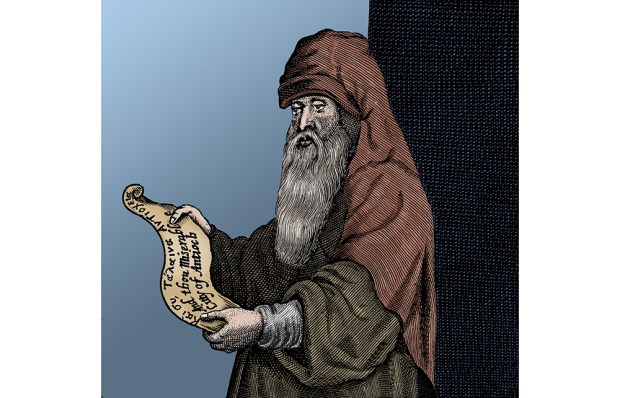
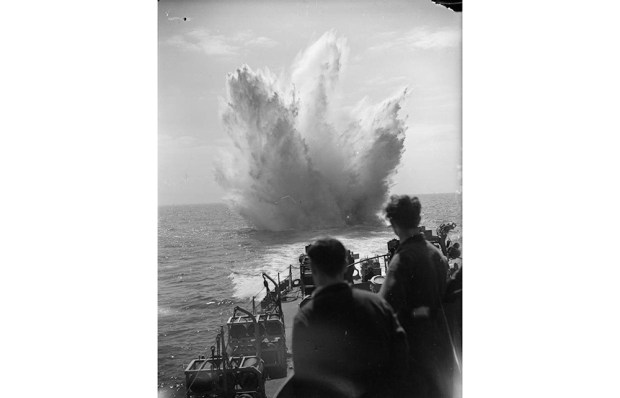
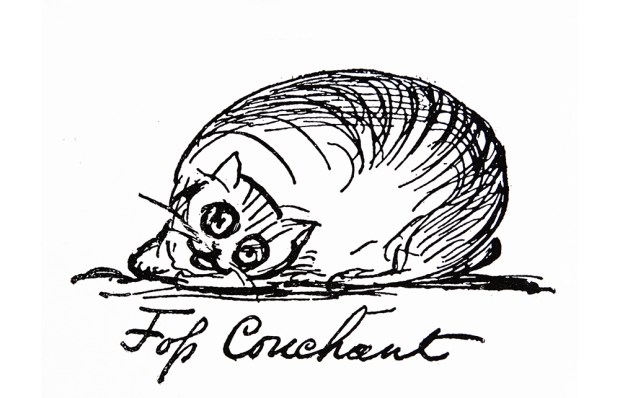
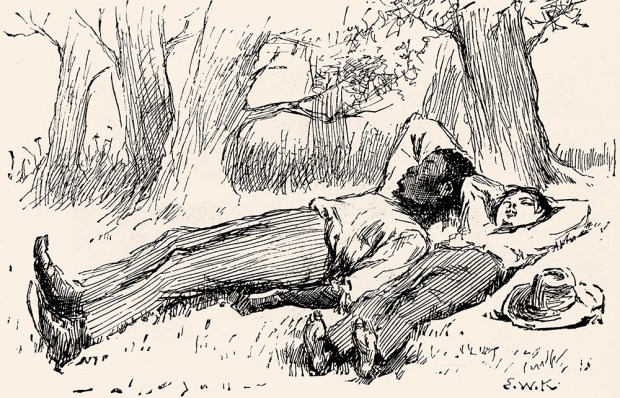
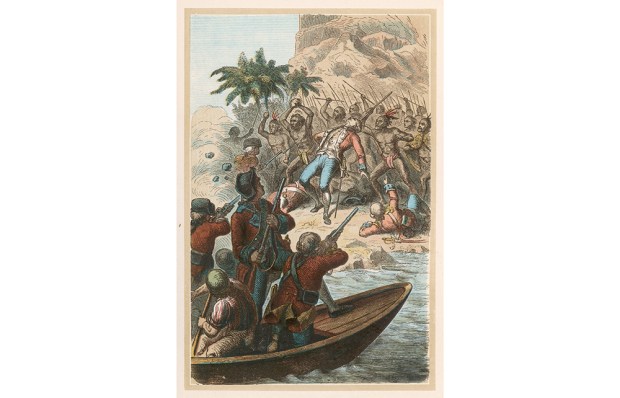






Comments
Don't miss out
Join the conversation with other Spectator Australia readers. Subscribe to leave a comment.
SUBSCRIBEAlready a subscriber? Log in